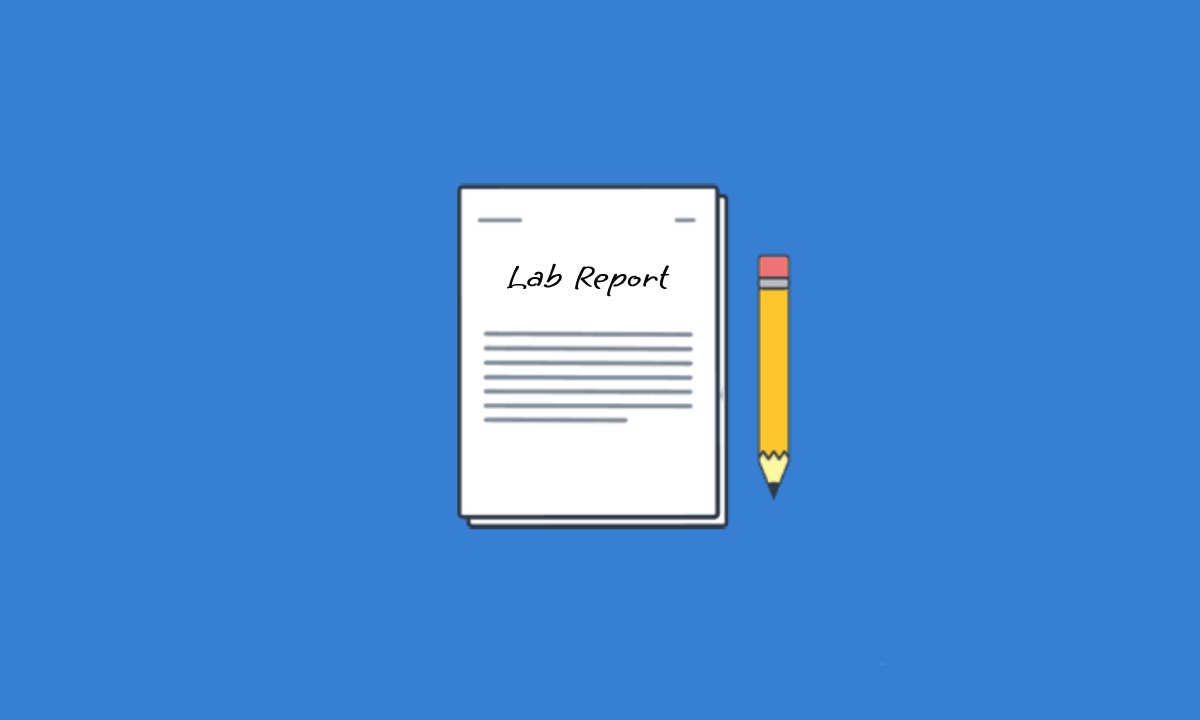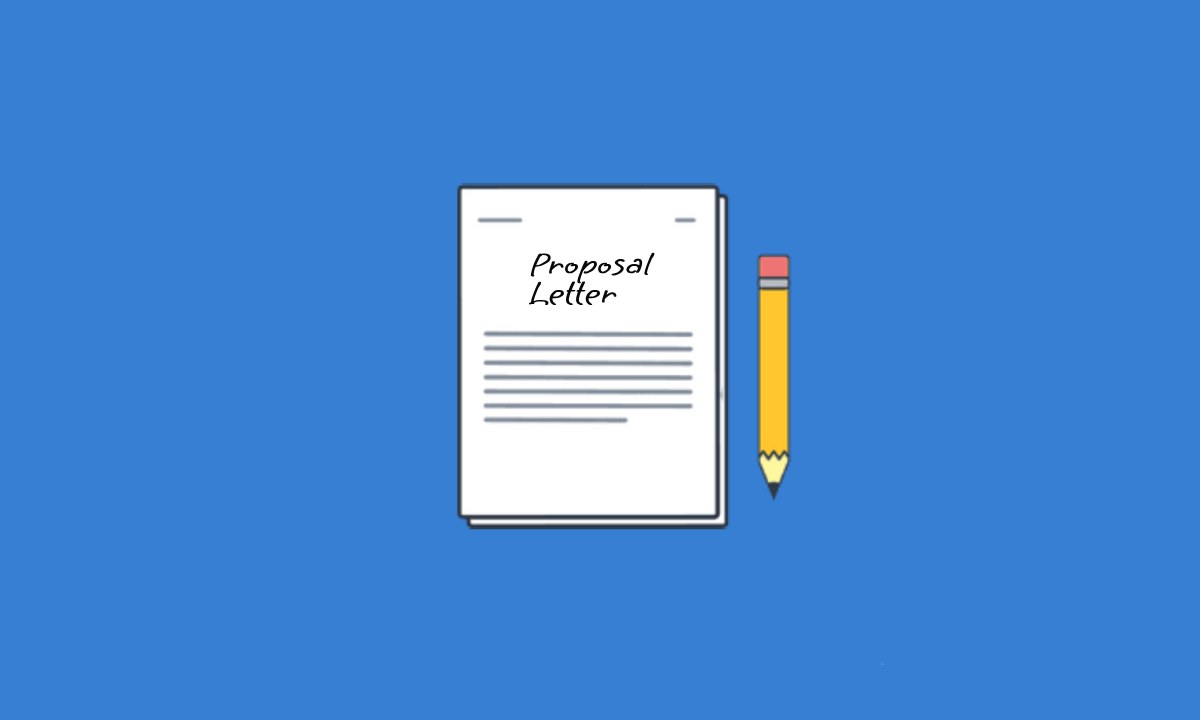What is Lab Report?
A lab report is a structured document used to communicate the details and results of a scientific experiment. It serves several purposes, including documenting procedures, analyzing data, and presenting findings in a clear, organized manner. Lab reports are a fundamental part of the scientific method and are used extensively in education and professional research.
Lab Report Format:
Creating a well-structured lab report is essential for effectively communicating your experimental findings. Below is a standard format for a lab report:
Title Page
Ensure the title is specific to your experiment and clearly reflects the content. Include all necessary identification details.
Abstract
Write the abstract after completing the rest of the report. It should be concise and summarize the entire report, including the key points of the introduction, methods, results, and conclusion.
Introduction
Provide sufficient background to understand the context of the experiment. Clearly state the purpose, hypothesis, and any relevant theoretical concepts. Explain why the experiment is important.
Materials and Methods
Detail all the materials and methods used so that someone else could replicate the experiment. Include specific quantities, brands, and models where applicable. Describe the procedure in a logical sequence, using past tense.
Results
Present your data clearly and objectively. Use tables and graphs where appropriate, ensuring they are properly labeled and referenced in the text. Do not interpret the data in this section.
Discussion
Discuss what the results mean in the context of your hypothesis and the theoretical background provided in the introduction. Address any unexpected results, potential errors, and how they might have affected the outcome. Compare your results with literature values or expected results.
Conclusion
Summarize the main findings of the experiment. State whether the hypothesis was supported and briefly suggest future research directions or improvements to the experimental procedure.
References
Cite all the sources you referred to in your report. Follow the specific citation style required by your instructor or field of study.
Appendices
Include any raw data, detailed calculations, or additional information that supports your report but is too lengthy or detailed to include in the main sections. Label each appendix clearly and reference them in the report as needed.
By following this format, you will ensure that your lab report is comprehensive, clear, and well-organized.
Lab Report Types:
There are several types of lab reports, each serving different purposes and following specific formats. Below are some common types:
Formal Lab Reports:
These are detailed and comprehensive reports typically used in academic and professional settings to document experiments or studies thoroughly.
Informal Lab Reports:
These are brief and concise reports often used for internal purposes, class assignments, or initial findings.
Scientific Journal Articles:
These are reports intended for publication in scientific journals, presenting original research, findings, and peer-reviewed content.
Technical Reports:
These reports focus on the technical aspects of experiments or projects, often used in engineering and applied sciences.
Project Reports:
These reports summarize the objectives, processes, and outcomes of a specific project, often used in industry and research institutions.
Field Reports:
These reports document observations and data collected from fieldwork or on-site experiments, commonly used in environmental science, geology, and anthropology.
How to Write a Lab Report?
Writing a lab report is a fundamental part of scientific research and education. It documents your experiment, the methodology, the results, and the interpretation of those results. Below are steps on how to write a comprehensive lab report:
1. Title Page
The title page is the first page of your lab report and provides essential information about the experiment. It includes the title of the experiment, which should be specific and concise, accurately reflecting the main objective or focus of the experiment. Additionally, the title page should include your name, the date the experiment was conducted, the names of any lab partners who collaborated with you, the instructor’s name, and the course name and number. This information helps identify the report and provides context for the reader.
2. Abstract
The abstract is a brief summary of the entire lab report and should be between 150-250 words. It includes the purpose of the experiment, a summary of the methods used, the key results, and the overall conclusions. The purpose statement briefly describes what you aimed to achieve with the experiment. The methods section summarizes the experimental procedure, providing an overview without going into detailed steps. The results section highlights the main findings, and the conclusion states the overall implications of these findings. The abstract allows readers to quickly understand the essence of the report.
3. Introduction
The introduction provides background information and context for the experiment. It begins with an explanation of the scientific concepts or principles being investigated and any relevant literature or previous research. The introduction then clearly states the objective of the experiment, explaining what you aimed to discover or demonstrate. Following this, you should present your hypothesis or research question, which is a testable prediction about the outcome of the experiment. Finally, the introduction should explain the significance of the experiment, discussing its relevance and potential impact in the field of study.
4. Materials and Methods
The materials and methods section provides a detailed account of the experimental procedure, ensuring that someone else could replicate the experiment. Start by listing all the materials and equipment used, specifying quantities and specifications where relevant. Then, describe the step-by-step procedure, including any specific techniques or measurements taken. Be thorough and precise in your descriptions to ensure clarity. This section should be written in the past tense, as it describes actions that have already been completed.
5. Results
In the results section, present the data collected during the experiment without interpreting it. Use tables, graphs, and figures to organize and display the data clearly and effectively. Each visual representation should be accompanied by a brief description or caption explaining what it shows. Additionally, describe any notable observations made during the experiment. Summarize the key findings, highlighting significant trends or patterns in the data. This section focuses solely on presenting the data, reserving interpretation and analysis for the discussion section.
6. Discussion
The discussion section interprets the results and explains their significance. Begin by analyzing the data, explaining what the results mean in the context of the experiment. Compare your findings with the expected outcomes or with data from literature, discussing any similarities or differences. Address any errors or anomalies observed during the experiment, considering how they might have affected the results. Discuss the broader implications of your findings, considering their significance in the field. Finally, suggest potential future experiments or improvements that could build on your work.
7. Conclusion
The conclusion provides a brief summary of the main findings and their significance. Restate the objective of the experiment and discuss whether it was achieved based on the results. Summarize the key findings, highlighting their implications. Provide closing remarks, offering any final thoughts or recommendations for further research. The conclusion should succinctly encapsulate the overall message of the report.
8. References
The references section lists all the sources cited in the report. It includes books, articles, websites, and other relevant materials. Each reference should be formatted according to a specific citation style (APA, MLA, Chicago, etc.) as required by your instructor or field of study. Proper citation gives credit to original authors and allows readers to locate the sources for further reading.
9. Appendices
The appendices include any supplementary material that supports the report but is too lengthy or detailed to be included in the main sections. This can include raw data, detailed calculations, additional graphs, or extensive tables. Each appendix should be clearly labeled (e.g., Appendix A, Appendix B) and referenced in the main text where relevant. The appendices provide a place for additional information that enhances the report without cluttering the main sections.
Lab Report Example:
Title Page
Title: The Effect of Temperature on Catalase Activity
Name: Peter Parker
Date: July 10, 2024
Lab Partners: Jane Smith, Robert Brown
Instructor’s Name: Dr. Alice Green
Course Name and Number: Biology 101
Abstract:
This experiment investigates the effect of temperature on the activity of the enzyme catalase. Catalase catalyzes the decomposition of hydrogen peroxide into water and oxygen. Enzyme activity was measured by the amount of oxygen produced in a reaction mixture of hydrogen peroxide and catalase at different temperatures (0°C, 25°C, 37°C, and 60°C). The results indicated that enzyme activity increased with temperature up to an optimal point (37°C) and then decreased at higher temperatures (60°C), suggesting enzyme denaturation.
Introduction:
Enzymes are biological catalysts that speed up chemical reactions in cells. Catalase is an enzyme that breaks down hydrogen peroxide, a toxic byproduct of metabolism, into water and oxygen. The rate of enzyme activity is influenced by several factors, including temperature. This experiment aims to determine how different temperatures affect the activity of catalase.
Materials and Methods:
Materials:
Fresh liver (source of catalase)
Hydrogen peroxide (H2O2) solution (3%)
Test tubes
Beakers
Ice bath
Water bath
Thermometer
Stopwatch
Graduated cylinder
Blender
Filter paper
Methods:
Preparation of Catalase Solution: Fresh liver was blended with an equal volume of distilled water and filtered to obtain a catalase solution.
Temperature Conditions: Four water baths were prepared to maintain temperatures at 0°C, 25°C, 37°C, and 60°C.
Reaction Setup: In each of four test tubes, 10 mL of hydrogen peroxide solution was added.
Enzyme Activity Measurement: Each test tube was placed in a corresponding water bath for 5 minutes to reach the desired temperature. Then, 1 mL of catalase solution was added to each test tube. The reaction was timed, and the volume of oxygen gas produced was measured using a graduated cylinder over a 5-minute period.
Results:
| Temperature (°C) | Volume of Oxygen (mL) |
|---|---|
| 0 | 5 |
| 25 | 15 |
| 37 | 25 |
| 60 | 10 |
Discussion:
The results demonstrate that catalase activity is affected by temperature. At 0°C, the enzyme activity was low due to reduced kinetic energy, resulting in fewer collisions between enzyme and substrate molecules. At 25°C and 37°C, the enzyme activity increased, with the highest activity observed at 37°C, indicating this as the optimal temperature for catalase. At 60°C, the enzyme activity decreased significantly, likely due to denaturation, where the enzyme’s structure is disrupted and its active site is no longer functional.
Conclusion:
Temperature has a significant impact on catalase activity, with the optimal activity observed at 37°C. Temperatures above this optimal point result in decreased activity due to enzyme denaturation. These findings highlight the importance of maintaining appropriate temperature conditions for enzymatic reactions in biological systems.
References:
Campbell, N. A., & Reece, J. B. (2008). Biology (8th ed.). Pearson Benjamin Cummings.
Nelson, D. L., & Cox, M. M. (2008). Lehninger Principles of Biochemistry (5th ed.). W.H. Freeman and Company.
Appendix:
Raw Data:
Temperature: 0°C, Volume of Oxygen: 5 mL
Temperature: 25°C, Volume of Oxygen: 15 mL
Temperature: 37°C, Volume of Oxygen: 25 mL
Temperature: 60°C, Volume of Oxygen: 10 mL



